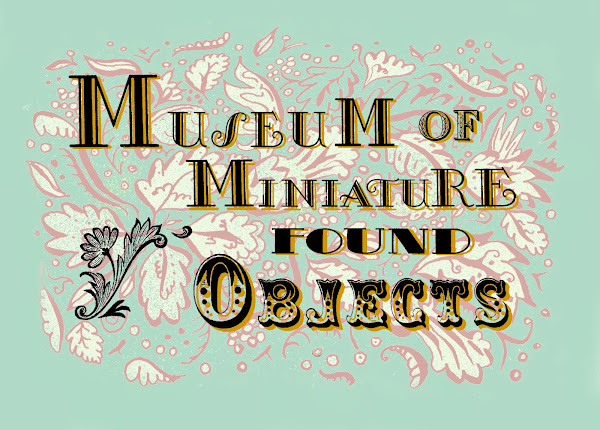The Museum of Miniature Found Objects is a great admirer of Chris Ware's work, from Building Stories and Jimmy Corrigan: The Smartest Kid on Earth, to Quimby the Mouse. Ware marries the pictorial and narrative aspects of cartooning to great effect. He creates tautly rendered surfaces with an economy of line, and his narratives describe a world in which desperation is about the best anyone can hope for. It's the rift between the expectation of warmth and humour, an expectation created by the stylish deftness of the cartoons, and the bleakness pervading these beautifully rendered sequences that make this work spark. Quimby the Mouse's world is pervaded with slapstick, as the mouse attempts again and again, and fails again and again, to connect with others. Quimby is destined never to understand the futility of his endeavours, or his own agency in this futility.
Interestingly, Fred Quimby was the producer of MGM's Tom and Jerry cartoons from 1940 to 1955, and was noted for his lack of humour.




